
surfresearch.com.au
tracks : surfboard design, 1972
tracks : surfboard design, 1972
|
|
|
|
|
|
 |
surfresearch.com.au
tracks : surfboard design, 1972 |
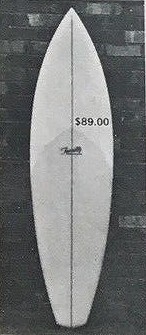 |
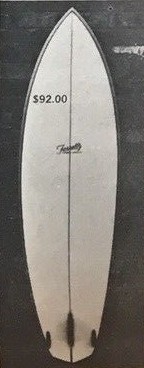 |
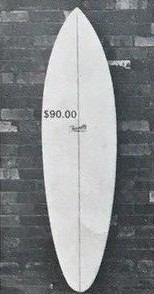 |
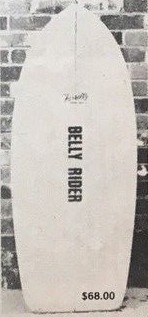 |
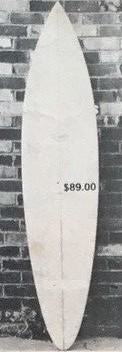 |
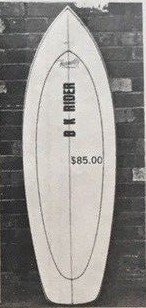 |
 |
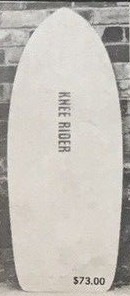 |
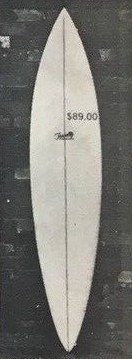 |
| WHISKA | WHISKA-TRI | ROUNDTAIL | BELLY RIDER | HAWAII '69' | BELLY- KNEEL | SPOON | KNEE | LOW RAILER |
| It means
pushing the unmakeable situation instead
of backing off from it. It means getting high into the tip for a burst when all other boards are forced to the bottom and into the white-water. Today when the wave places so many limitations on most surfers, it is the equipment that is breaking down the barriers, opening up possibilities and pushing the limit a little further ahead into the future. The nose of the board is a little heavier than the tail and can be ridden easily once the board is planing freely. This forward trim is essential for thrust out of the turn. No longer is the rider confined to the tail after the turn has been negotiated. By making full use of the deck the surfer can achieve that flexibility that goes with total performance, back under the lip, in the dark shadow of a really pumping wave. This design performs best for the average size surfer at 6'8" to 7'. It can also be stretched out to 8' if necessary like the hoard in the surfing shot, centre page. |
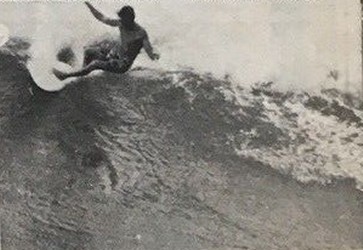 |
| DESIGN NAME: DECK: COLOUR @ $2. PINLINE @ $3. FIN BOX: @ $5 EXTRA |
LENGTH: PINLINE @ $3. ABSTRACT 4 COLOUR @ $4. COLOURS IN FIN LAMINATION. @ $1. |
WIDTH: EXTRA GLASS PATCH @$2. EXTRA FIN: @ S $7. ...M $7.50. ...L $8. |
YOUR WEIGHT: BOTTOM: COLOUR @ $2. |
| NAME: | PHONE: | AGE: | ADDRESS: | POSTCODE: |
|
design
JOHN BLANCH'S SHAPE
NORTH COAST BOARDS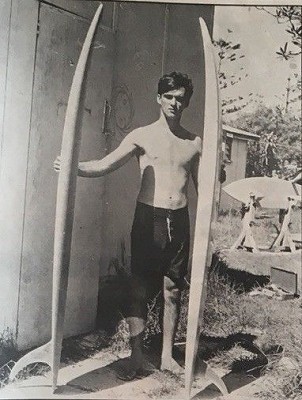 BOB NEWLANDS ASYMMETRICAL SHAPE.  Bob has made
three
asymmetrical surfboards.
The boards give a different release from tide to tide, flat bottom with vee on right, hard rail and flat on left. Widest point- right hand tide 4" in front of halfway; left hand tide 3" in front of halfway. Thickness 3", nose 11". tail 10 1/2", fin 10". Length 7'1" Width 18", 1/2" curve throughout. SOL'S SHAPES  Boards from Sol Surfboards, Ballina. |
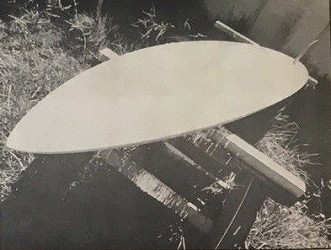 Board
One.
Length 6'9", Width 19", 3'1 1/2"
from the nose.Hullshape: concave, Tail 12 1/2", nose 12 1/4", fin 8 1/2". A fast hot dog type hoard for clean waves, soft rails in centre, harder at ends. Board Two. Length 6'11", Width 17 1/2", 2' 10" from the nose. Hullshape: bowl to flat to vee, lift throughout. Tail 10 3/4", nose 11 1/2" fin 8" A summer speed board for Lennox and Broken Head when it's big. Boards from San Juan, Byron Bay.   It is real free and surfs tight, gets back in the curl quickly,  Board One
Length 6'4" Width 20", 32" from the nose. Hullshape: soft rails, rocker gunned out from tail right thru. Good for all round North Coast surf, no stringer. BoardTwo Length 6', Width 18 1/2", 30" from the nose. Soft rails, designed for fast surf. |

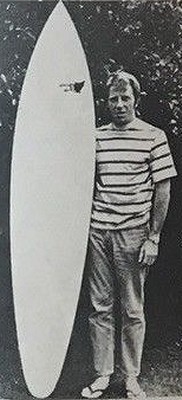 Mick's board,
shaped by McTavish and
finished by John. 7' x 18" super flat bottom with slight V in tail, Continual rocker with a fair bit of tail lift, flex fin. All round hot dog-speed board and goes like a rocket. |
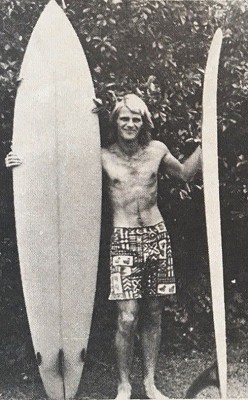 Tri fin shaped by McTavish and finished by John, built for surf over 8'. 7'2" x 17 1/2" low hard rails with release edge in centre 1/3, lots of tail lift, round square tail and flat bottom throughout. Outrider fins set in line and parallel to centre fin. |
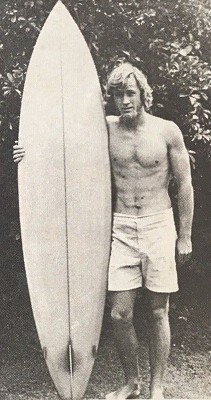 Ian's board,
tri fin hot dog board, similar shape
to John's single fin. 6'10" x 18 1/2" with a 5" back. Thickness in front half of board, rails are hard-soft-hard with release edge in centre 1/3, breakaway V in tail. Excels in 4'-8' surf. |
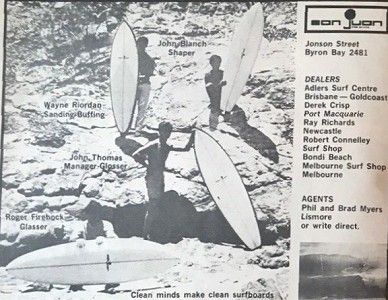 San Juan Surfboards |
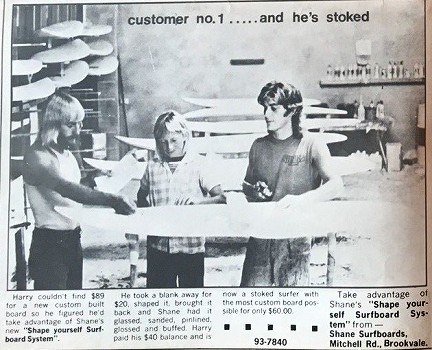 Shane
Surfboards
|
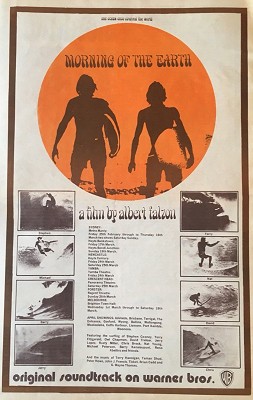 |
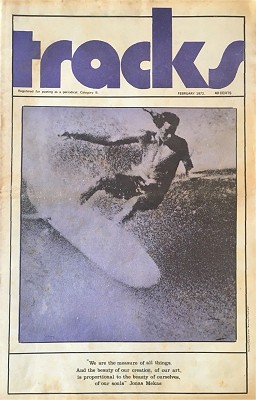 |
|
|
|
|
|
|